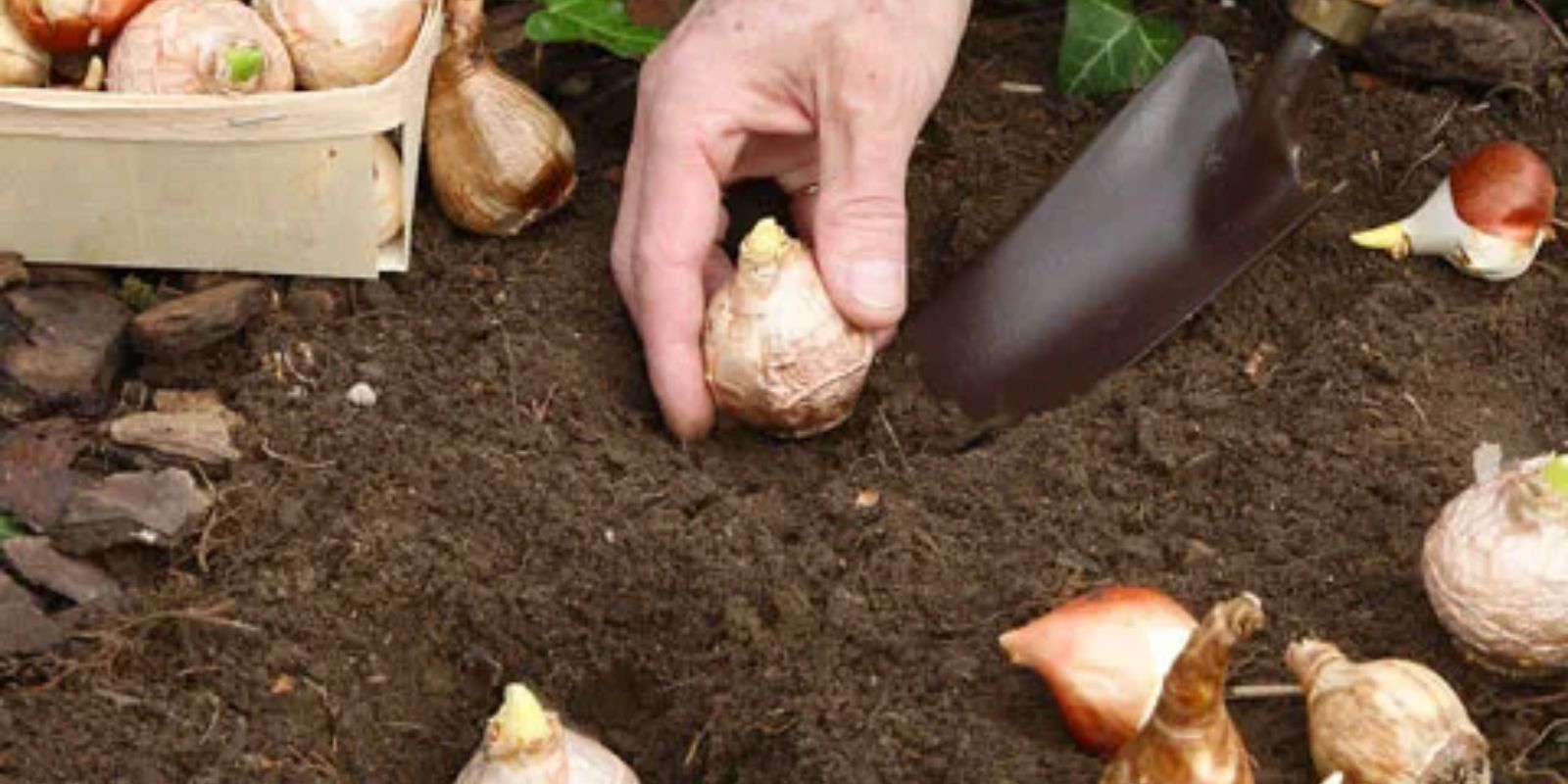Introduction
Bulbs are a fantastic way to add color and vibrancy to your garden. From the cheerful daffodils of spring to the elegant lilies of summer, properly fertilizing these bulbs is essential for their robust growth and stunning blooms. Understanding how to fertilize bulbs correctly can make the difference between a garden that merely exists and one that truly thrives. This guide will walk you through the best practices for fertilizing bulbs to ensure they grow strong and beautiful, season after season.
Choosing the Right Fertilizer
Selecting the right fertilizer is the first step in nurturing healthy, vibrant bulbs. Bulbs benefit from a balanced fertilizer that contains equal parts nitrogen (N), phosphorus (P), and potassium (K), often labeled as 10-10-10. This balanced mix supports overall growth, promotes robust root systems, and enhances flowering.
- Nitrogen (N): Essential for leafy growth and overall plant health.
- Phosphorus (P): Crucial for root development and flower production.
- Potassium (K): Supports overall plant function and disease resistance.
For bulbs that are particularly focused on flowering, you might choose a fertilizer higher in phosphorus (e.g., 10-20-10) to encourage strong blooms.
Preparation Before Planting
Before you plant your bulbs, it’s essential to prepare the soil and incorporate the right amount of fertilizer. This ensures that nutrients are readily available to the bulbs as they begin to grow.
- Soil Testing: Begin by testing your soil to determine its nutrient content and pH. Most bulbs prefer slightly acidic to neutral soil with good drainage.
- Incorporate Fertilizer: Mix the recommended amount of fertilizer into the soil where you will be planting your bulbs. Generally, you should use about 1-2 tablespoons per square foot. This pre-planting application helps ensure that the nutrients are available to the bulbs as they develop their roots.
Application Rates and Methods
Applying the correct amount of fertilizer is crucial to avoid over-fertilization, which can harm your bulbs. Follow these guidelines for best results:
- Follow Instructions: Always adhere to the instructions on the fertilizer package. Excessive fertilizer can lead to nutrient imbalances, which can damage your bulbs and hinder their growth.
- General Rule: For most bulbs, a general guideline is to apply 1-2 tablespoons of balanced fertilizer per square foot of planting area. This amount should be sufficient to meet the nutritional needs of the bulbs without risking over-fertilization.
Top-Dressing During Growth
After your bulbs have sprouted and are actively growing, you can apply a light top-dressing of fertilizer to provide additional nutrients. This is particularly beneficial for bulbs that have long growing periods or are in containers.
- Application Timing: Apply the top-dressing when the foliage is actively growing, but before the bulbs begin to flower. This ensures that the plants can use the additional nutrients effectively.
- Method: Scatter a thin layer of fertilizer around the base of the plants, being careful not to let it come into direct contact with the foliage. Gently work the fertilizer into the top layer of soil, and water thoroughly to help the nutrients penetrate the soil.
Watering and Nutrient Absorption
Watering is a crucial step in the fertilization process. Proper watering helps dissolve the fertilizer and makes the nutrients available to the bulbs.
- Watering After Application: After applying fertilizer, water the area thoroughly to help the nutrients dissolve and reach the root zone. This also prevents the fertilizer from sitting on the soil surface, where it may be less effective.
- Regular Watering: Maintain consistent soil moisture throughout the growing season. Bulbs generally prefer well-drained soil that is kept evenly moist but not waterlogged.
Avoiding Over-Fertilization
Over-fertilization can be detrimental to bulb health, causing issues such as excessive foliage growth at the expense of blooms or even plant damage. Here’s how to avoid these pitfalls:
- Stick to Recommendations: Always follow the recommended application rates for your fertilizer. More is not always better when it comes to feeding your bulbs.
- Fertilize Only When Needed: Avoid fertilizing during the dormant period of the bulbs. Fertilization should primarily occur when the plants are actively growing and in need of nutrients.
Seasonal Considerations
Different bulbs have varying needs depending on the season and their growth cycle. Here’s how to adjust your fertilization practices based on the time of year:
- Spring Bulbs: For spring-flowering bulbs like tulips and daffodils, fertilize before planting in the fall and apply a top-dressing in early spring as new growth appears.
- Summer Bulbs: For summer-flowering bulbs like lilies and gladiolus, fertilize in early spring before planting and apply additional top-dressing as the plants grow.
Conclusion
Fertilizing bulbs correctly is key to achieving a lush, vibrant garden. By choosing the right fertilizer, applying it at the right times, and avoiding common pitfalls, you can ensure that your bulbs grow strong and produce beautiful blooms season after season. Start implementing these fertilization tips today and watch your garden flourish with healthy, thriving bulbs.

